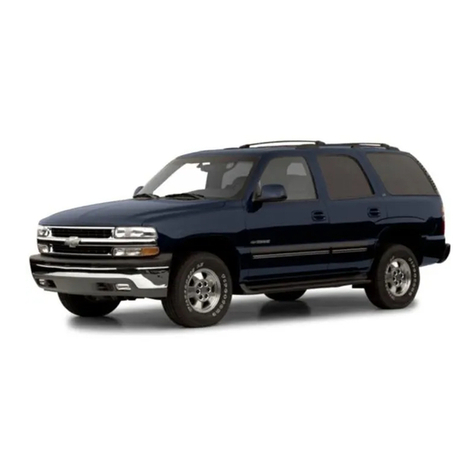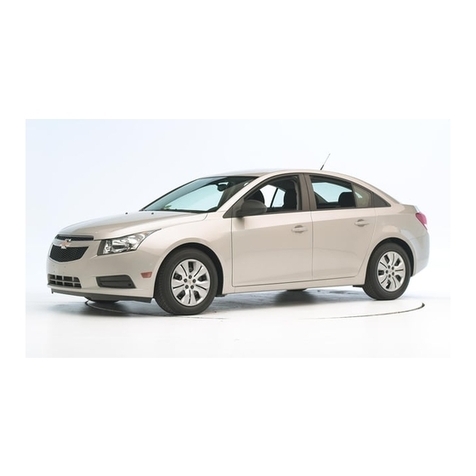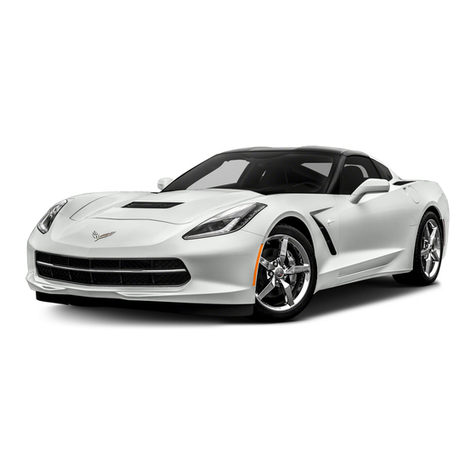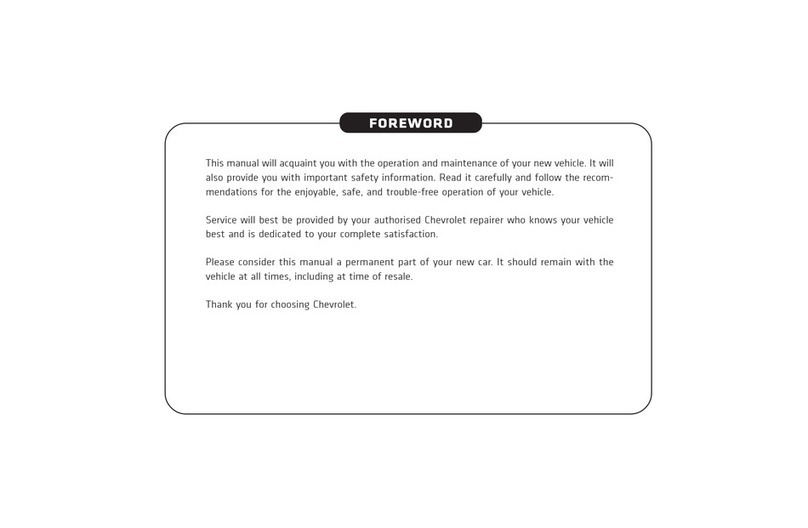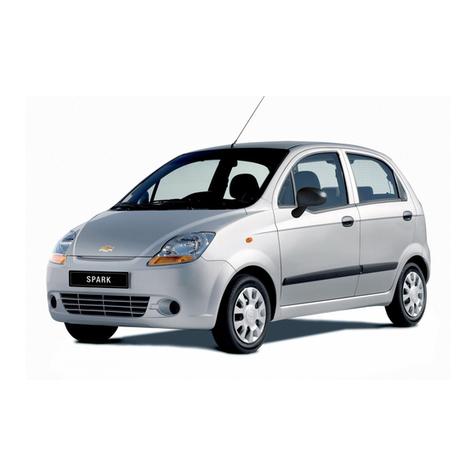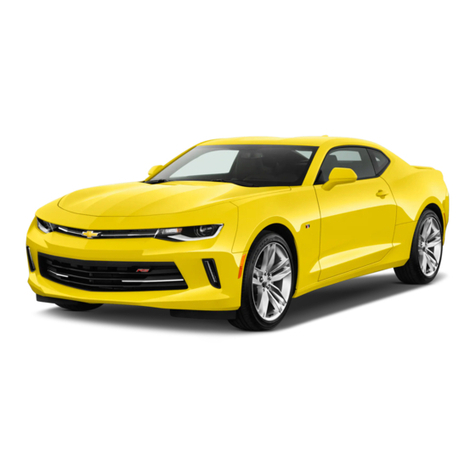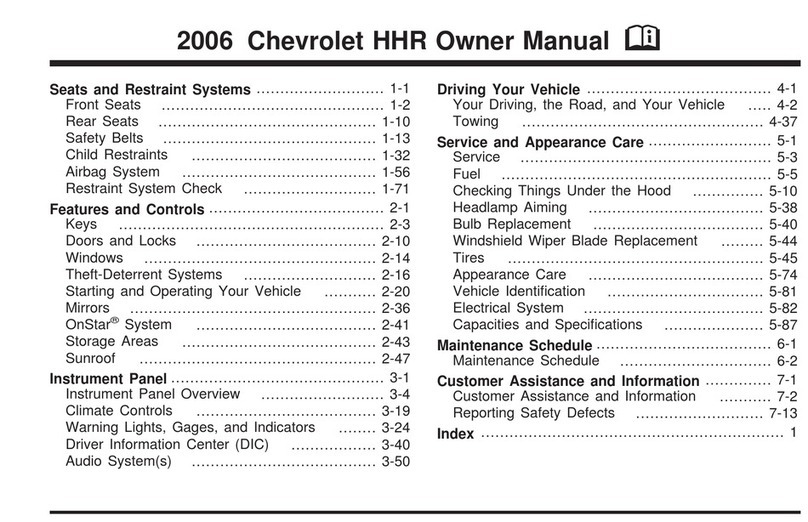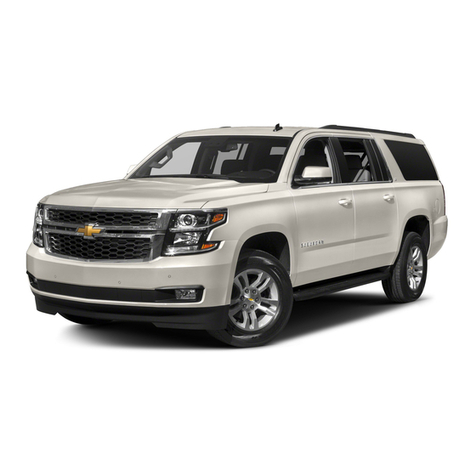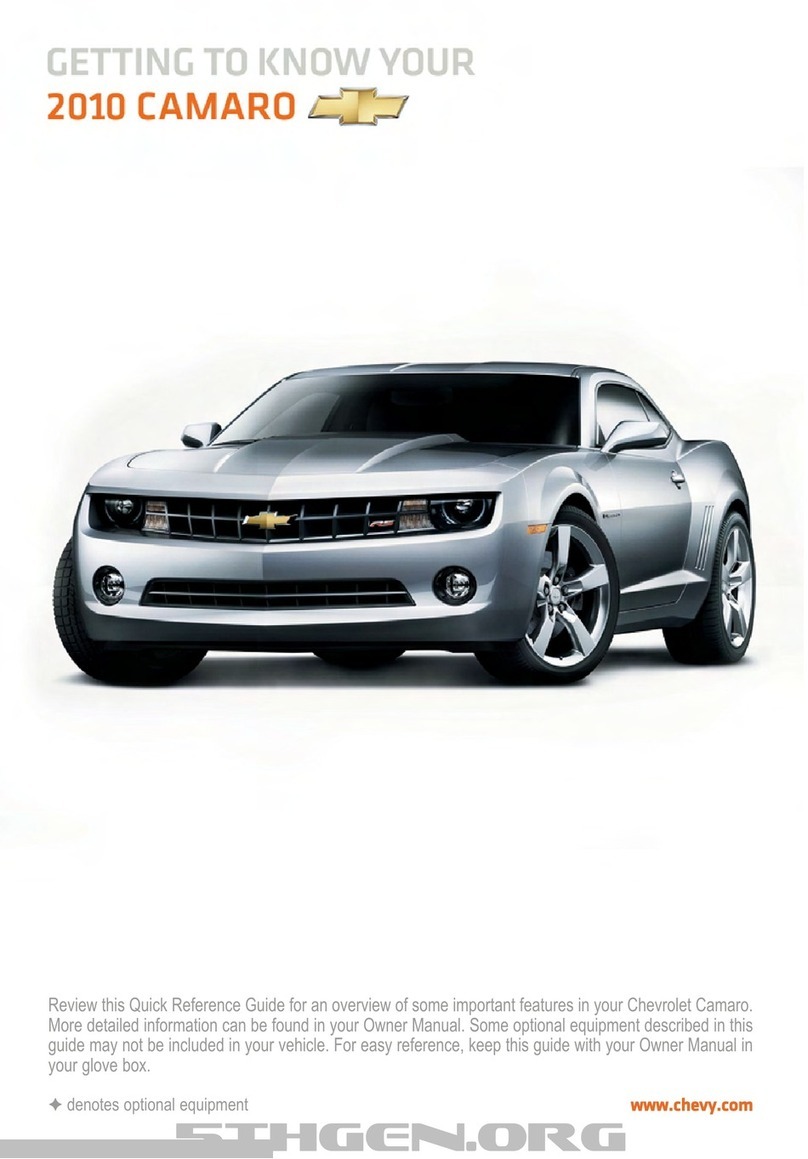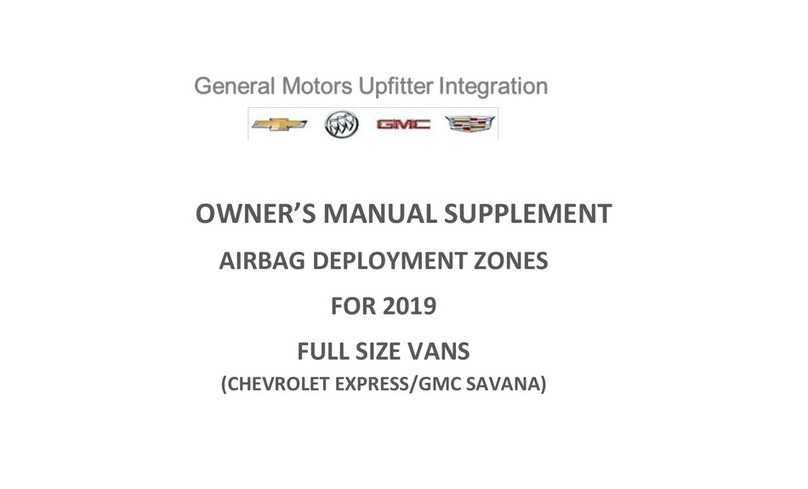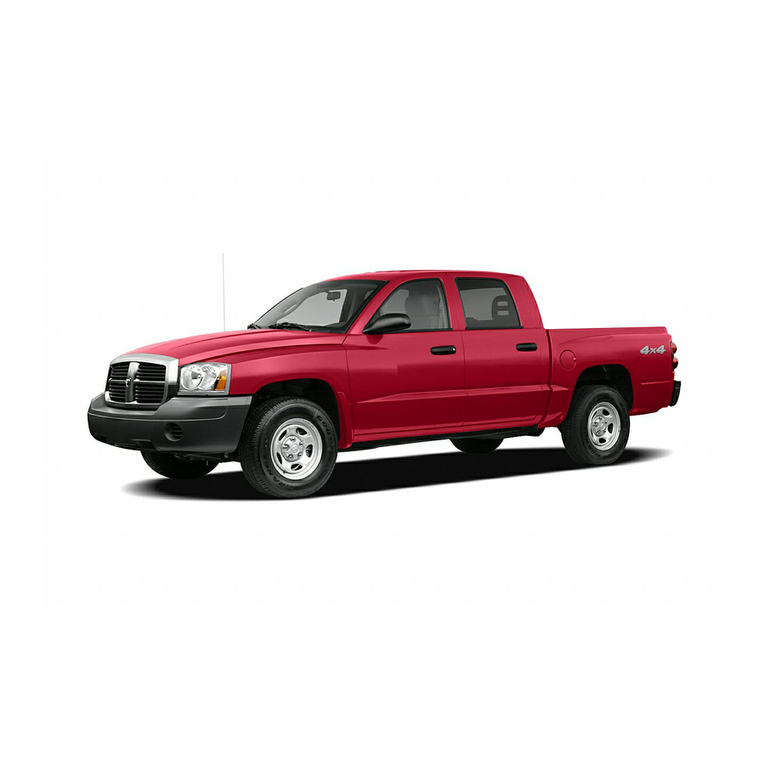INTRODUCTION
This manual has
been
prepared to acquaint you with the operation and
maintenance of your 1984 Cavalier. and to provide important safety
information. It is supplemented by a Maintenance Schedule Folder
and
a
Warranty and Owner Assistance Information booklet. We urge you to read all
Uvee publications carefully. Following the recommendations will help assure
the most enjoyable. safe and troublefree operation of your vehicle.
When
it
comes to servic
e,
remember that your Chevrolet dealer knows your
vehicle best and is interested in your complete satisfaction. Your
dealer
invites
you to return for all
01
your service
needs
both during
and
after the warranty
period.
To help dealers handle your needs. Chevrolet has a number of Zone Offices
throughout the country. If you have a problem that
has
not been handled
to
your satisfaction. follow the steps in the separate "Warranty and Owner
Assistance Information" booklet.
We thank you for choosing a Chevrolet product, and want to assure you of our
continuing interest in your motoring pleasure and satisfaction.
SPECIAL NOTE TO CANADIAN OWNERS
Some vehicles sold in Canada have the Computer Command Control system.
while others
do
not. II a "CHECK ENGINE" light comes on during engine
starting. your vehicle
does
have this system.
For
those
vehicles
sold
in
'"
canada
which
do
not
have
the
Computer
Command
Control
system
,
please refer
to
the
Canadian OWner's Manual
Supplement
supplied with
your vehicle for information on engine starting, specifications, etc. The
"CHECK ENGINE" light is covered in "Instrument Panel." Section 2 of this
manual.
FRENCH
OWNER'S MANUAL
If preferred. a French Owner's Manual can
be
obtained either from your dealer
or by writing to General Motors of Canada
~imited.
Technical Publications
Department. Oshawa. Ontario L1
J
5Z6
.
Aux proprietaires canadians: Vous pouvez vous procurer un exemplaire
dece
guide en
fran~ais
chez votre concessionnaire
OU
au Service des publications
techniques. General Motors du Canada
Limit""
, Oshawa. Ontario L1J 5Z6.
FOR
CONTINUING SATISFACTION. KEEP YOUR
GM
CAR
ALL
GM.
GENERAL MOTORS PARTS
ARE
IDENTIFIED
BY ONE OF THESE
TRADEMARKS:
~[j]~

